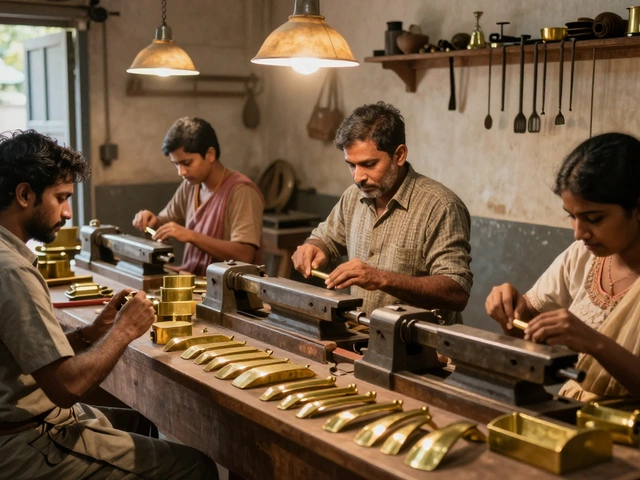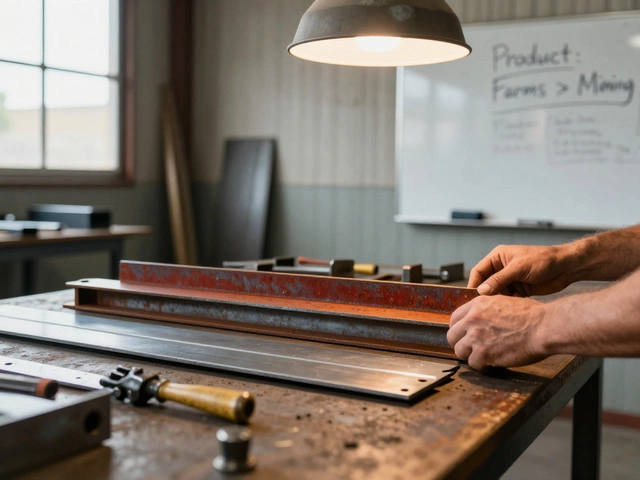Production Efficiency Made Simple: Boost Output Without Breaking the Bank
Ever wonder why some factories crank out more product with the same resources? It’s all about production efficiency – getting the most out of every worker, machine, and material. In this guide we’ll break down easy steps you can take today to tighten up your processes, cut waste, and raise profits.
Start with the 5 M’s: The Basics You Can’t Ignore
The 5 M’s – Man, Machine, Material, Method, and Measurement – are the backbone of any efficient line. Look at each one and ask yourself: are we using the best people, the right equipment, the right raw stuff, the smartest way of working, and the proper data to track results? For example, a small tweak in material handling can shave minutes off each cycle, which adds up fast when you produce thousands daily.
Take the “Method” part. Mapping your workflow on a whiteboard often reveals hidden steps that nobody needs. Removing or combining those steps is a quick win. When you pair that with real‑time Measurement – like a simple digital tally of units per hour – you instantly see where the bottleneck lives.
Go Lean, Not Fancy
Lean manufacturing isn’t a buzzword; it’s a proven way to cut the shout‑and‑shout of waste. Start with the 5 S system: Sort, Set in order, Shine, Standardise, and Sustain. Even a modest shop can organise tools so they’re always where the operator needs them. That reduces search time and keeps the line moving.
Another easy lean trick is “batch size reduction”. Smaller batches mean quicker changeovers and less inventory sitting idle. If you’re still running large batches because of old habits, try a pilot run with half the size and watch the turnaround improve.
Don’t forget maintenance. A well‑maintained machine runs smoother, uses less energy, and drops fewer parts. Switch from a reactive fix‑it approach to a simple preventive schedule – a quick check each shift can stop a costly breakdown before it happens.
Finally, empower your team. The people on the floor see problems first. Set up a suggestion box or a short daily huddle where they can shout out ideas. When workers feel heard, they’ll own the improvements and keep the momentum going.
Putting these steps together – reviewing the 5 M’s, applying 5 S, trimming batch sizes, and keeping machines humming – creates a powerful loop. The loop feeds better data, which tells you where to improve next. It’s a cycle of continuous gain that any manufacturing operation can follow.
Ready to start? Grab a pen, walk the shop floor, and note the first three waste points you see. Fix them, measure the result, and keep iterating. Production efficiency isn’t a one‑time project; it’s a habit that pays off every day.
Three Pillars of Manufacturing: What Actually Drives Success?
Wondering how manufacturing actually works behind the scenes? This article breaks down the three pillars that keep factories running: production, quality, and efficiency. It also explains how government schemes in India push these pillars to new heights. Get practical tips and real-world examples focused on what really matters for long-term manufacturing success. Discover why missing even one pillar can make a factory wobble.
Read More




